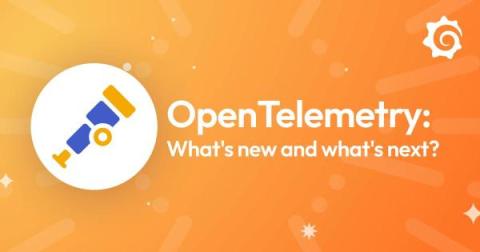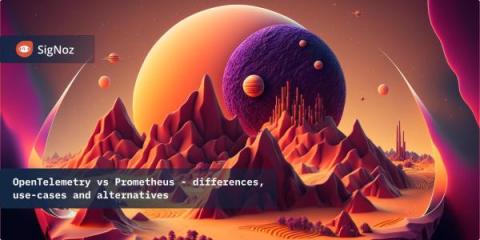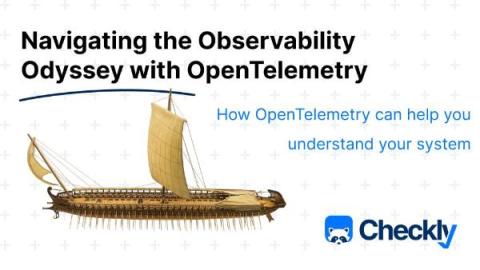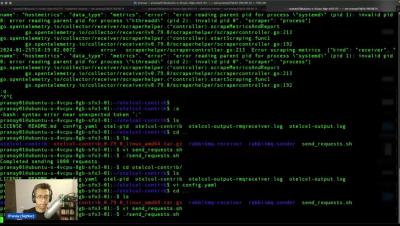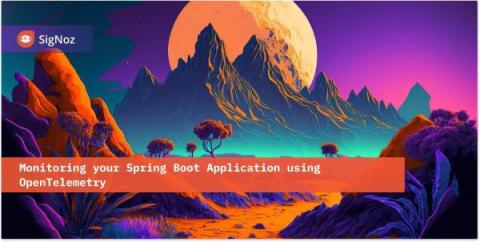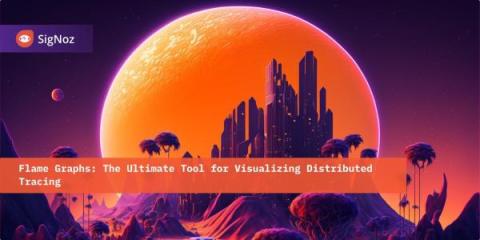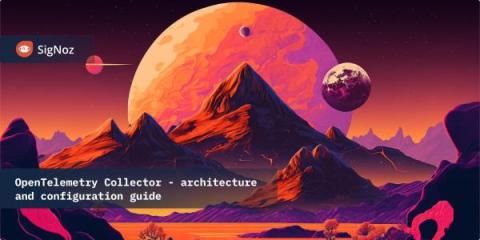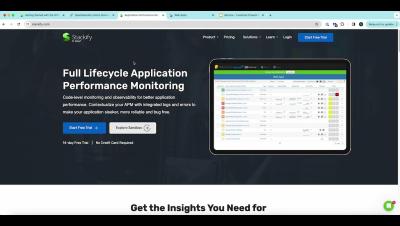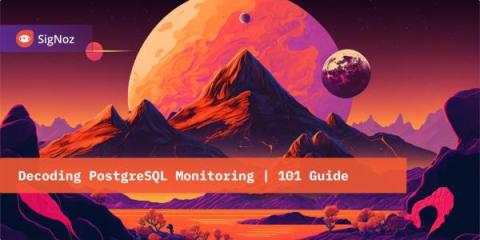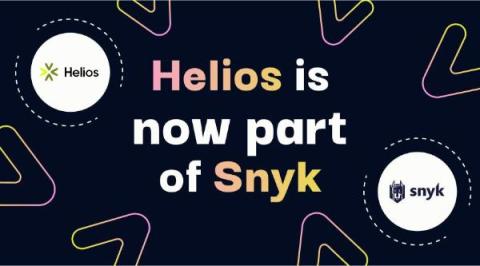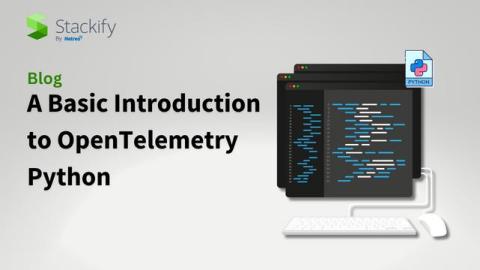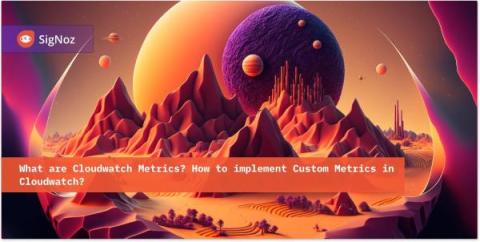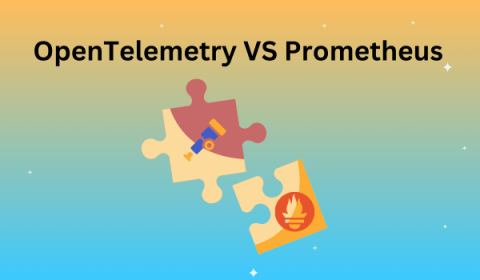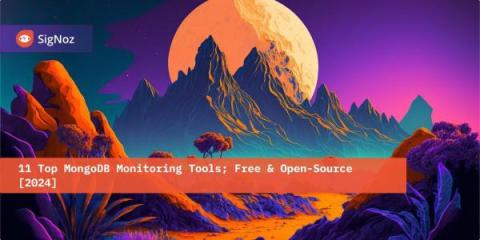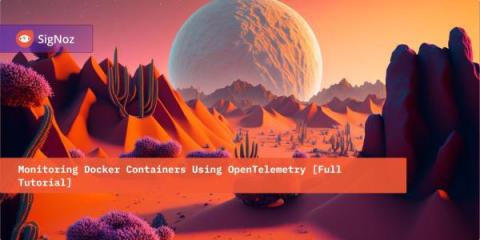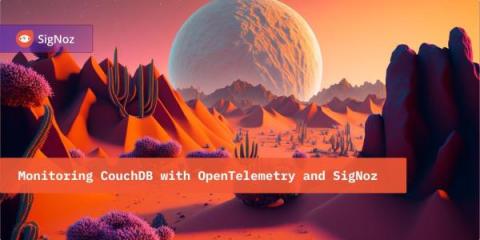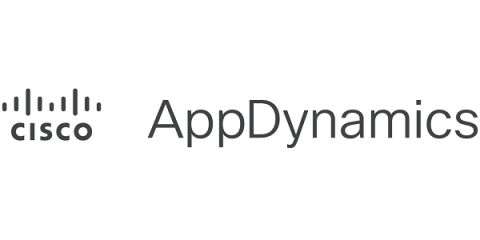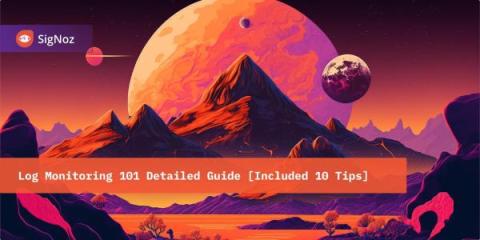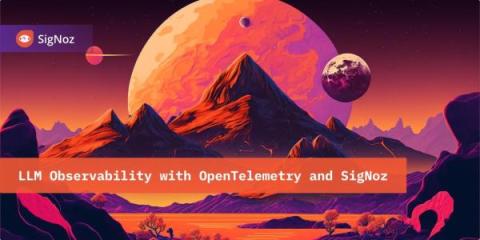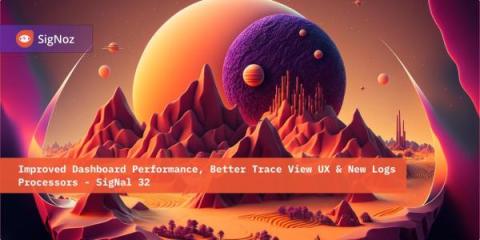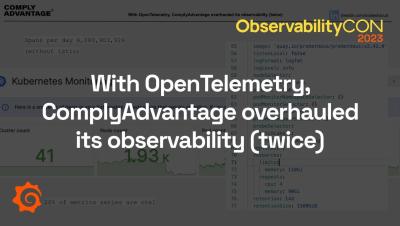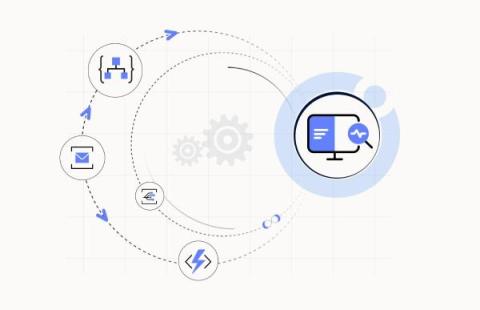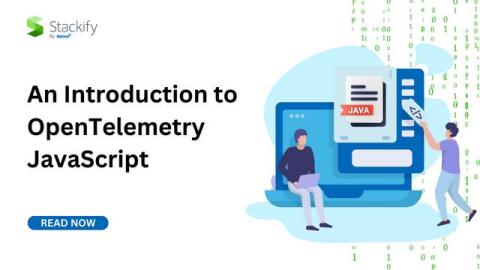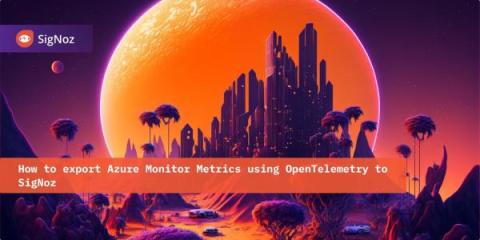Operations | Monitoring | ITSM | DevOps | Cloud
January 2024
Getting Started with OpenTelemetry Visualization
OpenTelemetry vs Prometheus Detailed Comparison
Observability with OpenTelemetry and Checkly
RabbitMQ monitoring with OpenTelemetry
Monitoring your Spring Boot Application using OpenTelemetry
Understanding Flame Graphs for Visualizing Distributed Tracing
OpenTelemetry Collector - architecture and configuration guide
Accelerate TraceQL queries at scale with dedicated attribute columns in Grafana Tempo
OTel Applications on Retrace
Decoding PostgreSQL Monitoring | 101 Guide
Helios is now part of Snyk!
It’s been quite an amazing, bumpy, yet satisfying journey – and we’re delighted to join Snyk, the market leader in developer security. As part of Snyk, we’ll be able to deliver our product, technology, and vision into the hands of thousands of customers and millions of users.
A Basic Introduction to OpenTelemetry Python
Troubleshooting distributed applications: Using traces and logs together for root-cause analysis
When troubleshooting distributed applications, you can use Cloud Trace and Cloud Logging together to perform root cause analysis.
What are Cloudwatch Metrics? How to implement Custom Metrics in Cloudwatch?
OpenTelemetry VS Prometheus: The Essential Guide
OpenTelemetry vs Prometheus is a commonly searched and debated topic in the Observability and monitoring space. While both platforms are widely used in software and infrastructure management today, most people don’t understand the difference between the two. Both platforms stand as robust tools in the realm of observability, each offering unique capabilities. OpenTelemetry offers a uniform approach for gathering, instrumenting, and exporting telemetry data.
11 Top MongoDB Monitoring Tools; Free & Open-Source [2024]
What is Cloudwatch Metrics? Detailed 101 Guide
Monitoring Docker Containers Using OpenTelemetry [Full Tutorial]
Monitoring CouchDB with OpenTelemetry and SigNoz
Cisco Secure Application: Fulfilling the APM + ASM promise for OpenTelemetry
Cisco AppDynamics is making big strides in enabling both application performance and security monitoring for OpenTelemetry. Learn what we’ve done so far. When DevOps began taking hold around 2007, it was meant as a mechanism to remove silos between IT teams and accelerate software development.
Building a Secure OpenTelemetry Collector
The OpenTelemetry Collector is a core part of telemetry pipelines, which makes it one of the parts of your infrastructure that must be as secure as possible. The general advice from the OpenTelemetry teams is to build a custom Collector executable instead of using the supplied ones when you’re using it in a production scenario. However, that isn’t an easy task, and that prompted me to build something.
Log Monitoring 101 Detailed Guide [Included 10 Tips]
OpenTelemetry in 2023 - What we learnt from the community and our users
The Importance of Traces for Modern APM [Part 2]
LLM Observability with OpenTelemetry and SigNoz
Implementing OTEL for Kubernetes Monitoring
Kubernetes is a top container orchestration platform. The Kubernetes clusters manage everything much from collecting to storing vast magnitudes of data from your multiple applications. It is this very property that can sometimes boom into an unending data pile later on. Imagine a large warehouse of apparel, it has every size of clothing for men, women, and children. Now if you are asked to pick out one particular type from it within a small time frame, I know you will totally dread it.
Improved Dashboard Performance, Better Trace View UX & New Logs Processors - SigNal 32
With OpenTelemetry, ComplyAdvantage overhauled its observability (twice)
Top 6 Distributed Tracing Tools in 2024
An Introduction to OpenTelemetry JavaScript
Monitoring and observing application performance is a cornerstone for maintaining robust and efficient systems in the ever-evolving development landscape. One key player in this domain is OpenTelemetry. This post provides a comprehensive tutorial and unpacks what OpenTelemetry is, its applications and integration into the JavaScript ecosystem.


